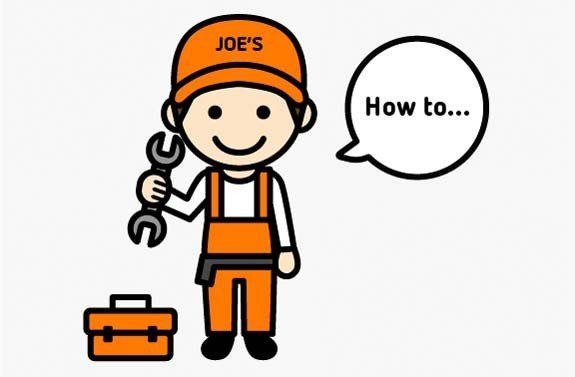5 marketing tips for tradies
5 marketing tips for tradies
Learn how to rank high within search engine results pages and position your business in front of more local customers.
If you’re not online, and not connecting with people offline, then you’re missing out on a big piece of the marketing puzzle.
There are many ways to grow your customer base, but here are the most essential for success.
1. Create a professional website for credibility
Deciding where to start and what to focus on for your site can be overwhelming, and yet people forget it’s the simple things that win people over. Experts can help you develop the website you need, but if you are going down the DIY route then think about the user experience. Once visitors land on your site, can they find what they’re looking for quickly and efficiently or is it a frustrating process?
Make it easy for potential customers to reach you. Include your phone number and business address. Part of a pleasant online experience is being able to find contact information when it is needed most.

Identify which social media networks your target audience use and ensure you build a credible presence on these platforms.
Consider how you’ll manage your website. For example, you should only install features on your site that you are prepared to manage. There’s no point adding a Live Chat tool, for example, if you or your staff don’t have the time or experience to instantly respond to queries.
2. Search engine optimisation for organic traffic
Having a website is a great first step, but it’s so important to ensure that you are found online. Search engine optimisation (SEO) means increasing the visibility of your pages and gives your search engine rankings a boost by encouraging more organic, non-paid traffic.
3. Search engine marketing to boost your results
Paid advertising means you can have your ad appear alongside results for keyword searches relating to your business. Search engine marketing (SEM) is often referred to as pay-per-click (PPC) or cost-per-click (CPC) advertising, meaning you only pay when a user actually clicks on your ad rather than when it is displayed. Paid ads are the ones clearly displayed above or beside organic search results.
4. Social media for connecting and conversing
Identify which social media networks your target audience use and ensure you build a credible presence on these platforms. Think of the time you spend on social media as a relationship-building exercise and post content that will engage and inspire people, and position you as a trusted tradesperson.
5. Leaflets for attracting more local customers
A leaflet drop around your local area can lead to more jobs and kick-off repeat business. But while this tactic can be very effective, it can be costly if you are printing large quantities and haven’t thought about who you need to target. Identify the people you’re trying to reach out to before you get started, so you don’t waste your budget.
Related Products
Managed Service
Yellow Pages Digital
Professional
Let's chat
We can customise your listing to appear everywhere your business operates
✔ Option to upgrade and be found in searches for multiple locations
✔ Better ways to improve your listing's performance
✔ Add even more content to your listing
